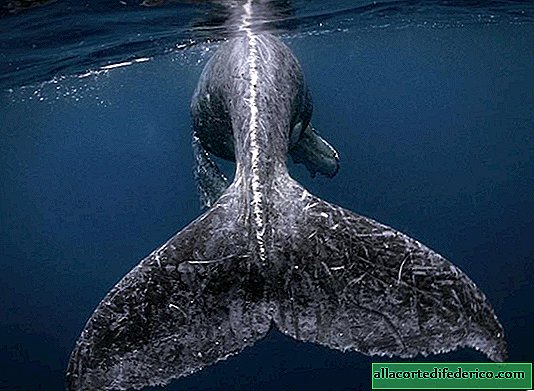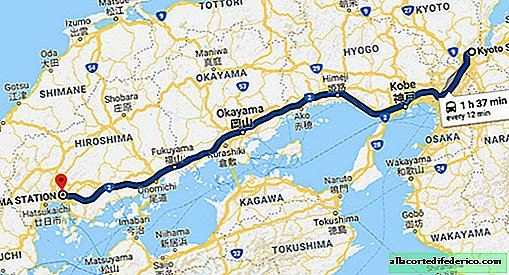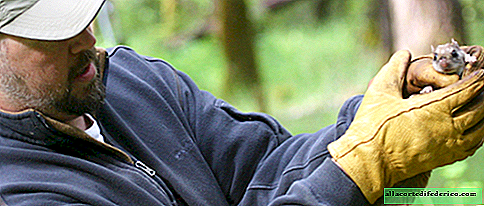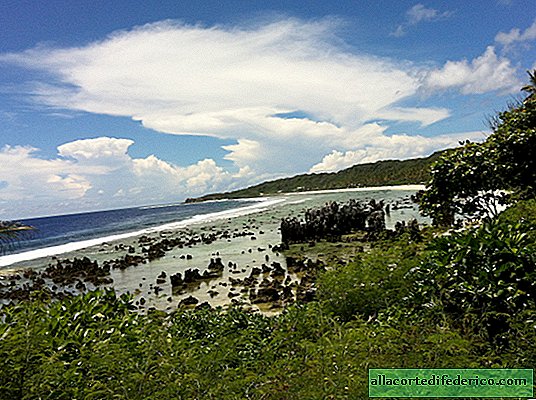The ancient elephant was one and a half times larger than current relatives
Half a million years ago, the Arabian Peninsula was not a sandy desert, but lush, full-flowing and blooming land. Then in those parts lived a giant elephant - 50 percent more than today's largest elephants. While there is no evidence of whether the paths of elephants and humans intersected at that time. But scientists are sure that this was inevitable.
Two elephants in one
The monster, known as Elephas recki, is an ancient elephant that lived from about 3.5 million to 300,000 years ago and lived in parts of Africa and the Middle East. Researchers first began finding animal remains in the Nefood Desert in northwestern Saudi Arabia in 2014. Other parts of the same specimen were discovered in 2017, and excavation work continues.
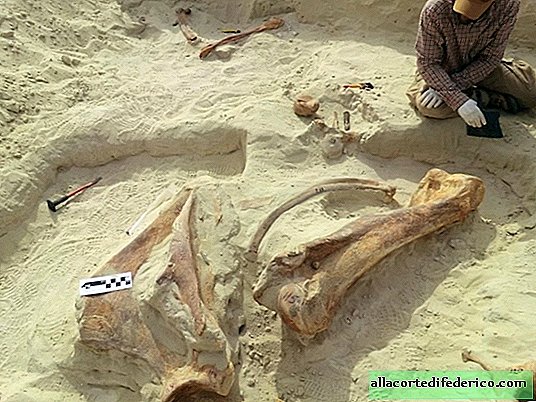
So far, researchers have found about 60 percent of the fossilized bones of an elephant, making it "one of the best-preserved examples of the species in this part of the world." Previously, scientists managed to detect fossils of this ancient Asian elephant, primarily individuals, 1.8 million years old from the basin of Lake Turkana in northern Kenya.
Although E. recki was only 50 percent larger than the most modern elephants, it was more than twice as heavy. As the analysis of bones shows, the male whose remains were found in Nefud died in adulthood. After the death of the animal, the fine sand of the ancient lake safely preserved all the bones.
But what about people?
There is no evidence that human ancestors lived on this site 500,000 years ago when this particular elephant roamed the surrounding area. However, the researchers hope to find evidence that they nevertheless coexisted.

Elephants and early humans chose similar routes because they left Africa and spread to the Middle East and Eurasia, so their paths probably crossed at some point.
At the time this elephant died, ancient elephants and early humans faced a humid climate, thanks to which there was a green landscape on the Arabian Peninsula. During the Pleistocene (from 2.6 million to 11,700 years ago), Saudi Arabia had more animal diversity than today, including vertebrates such as camels, gazelles, antelopes and carnivores, including large cats and ancestors of hyenas. And huge elephants, of course.

